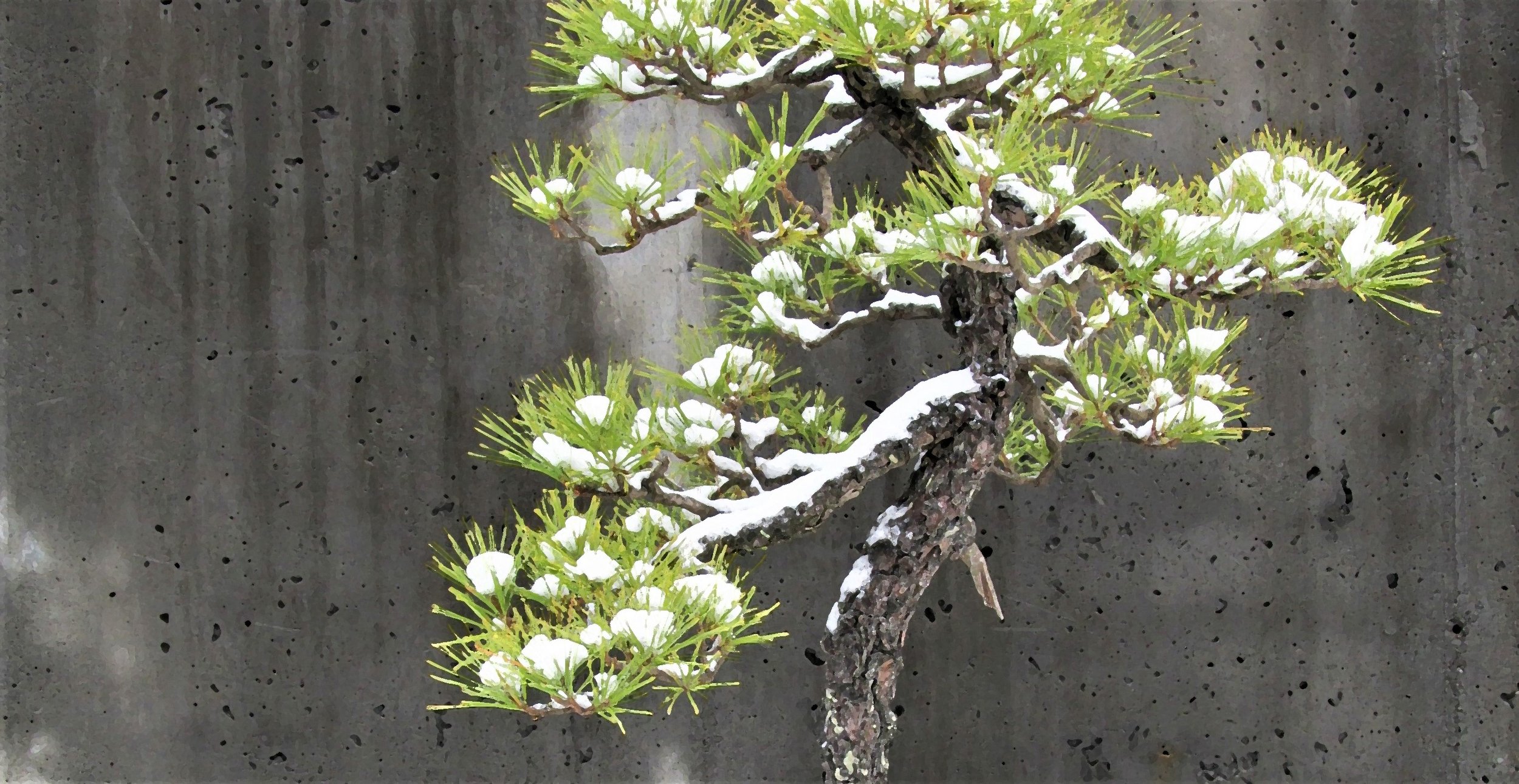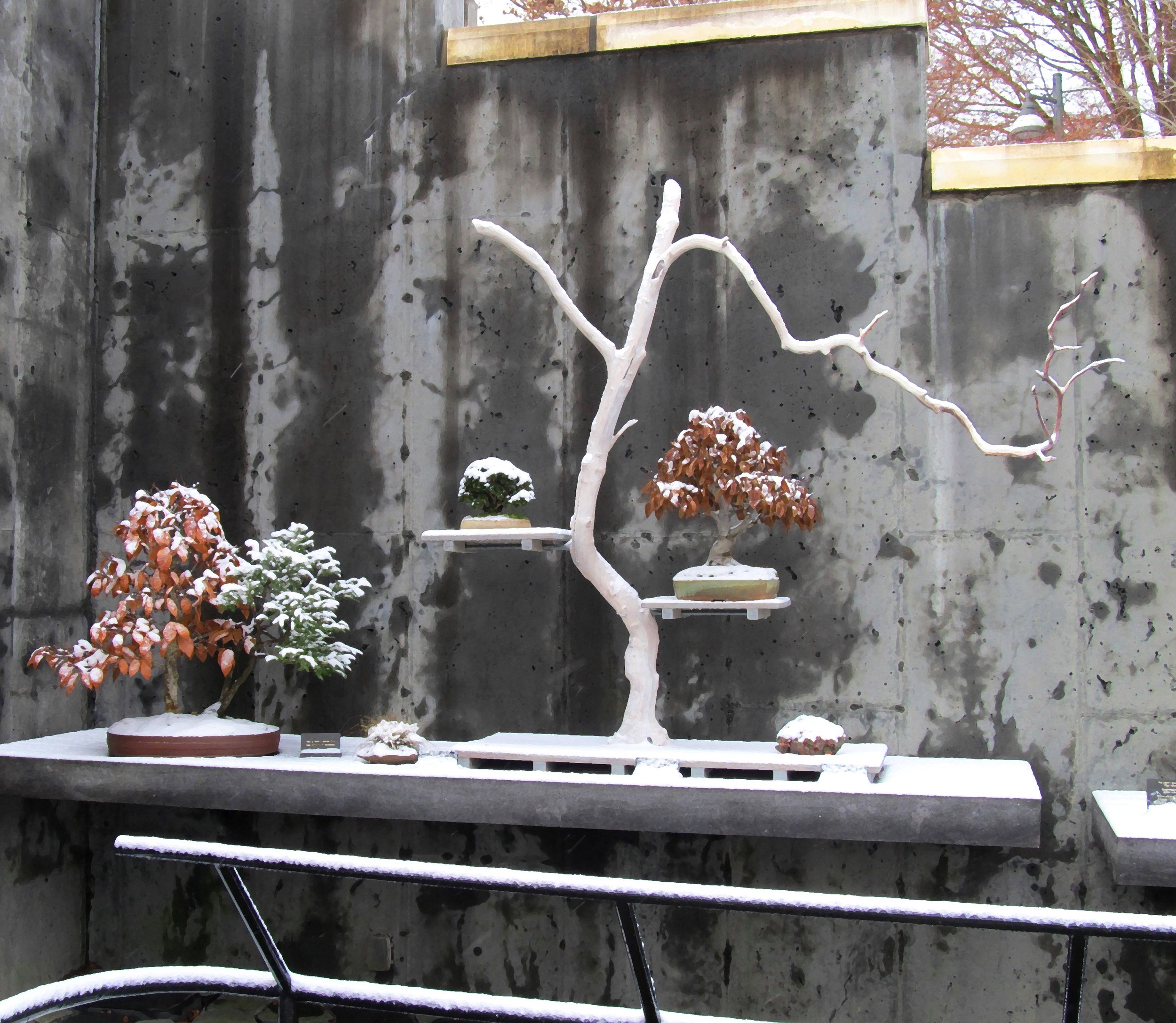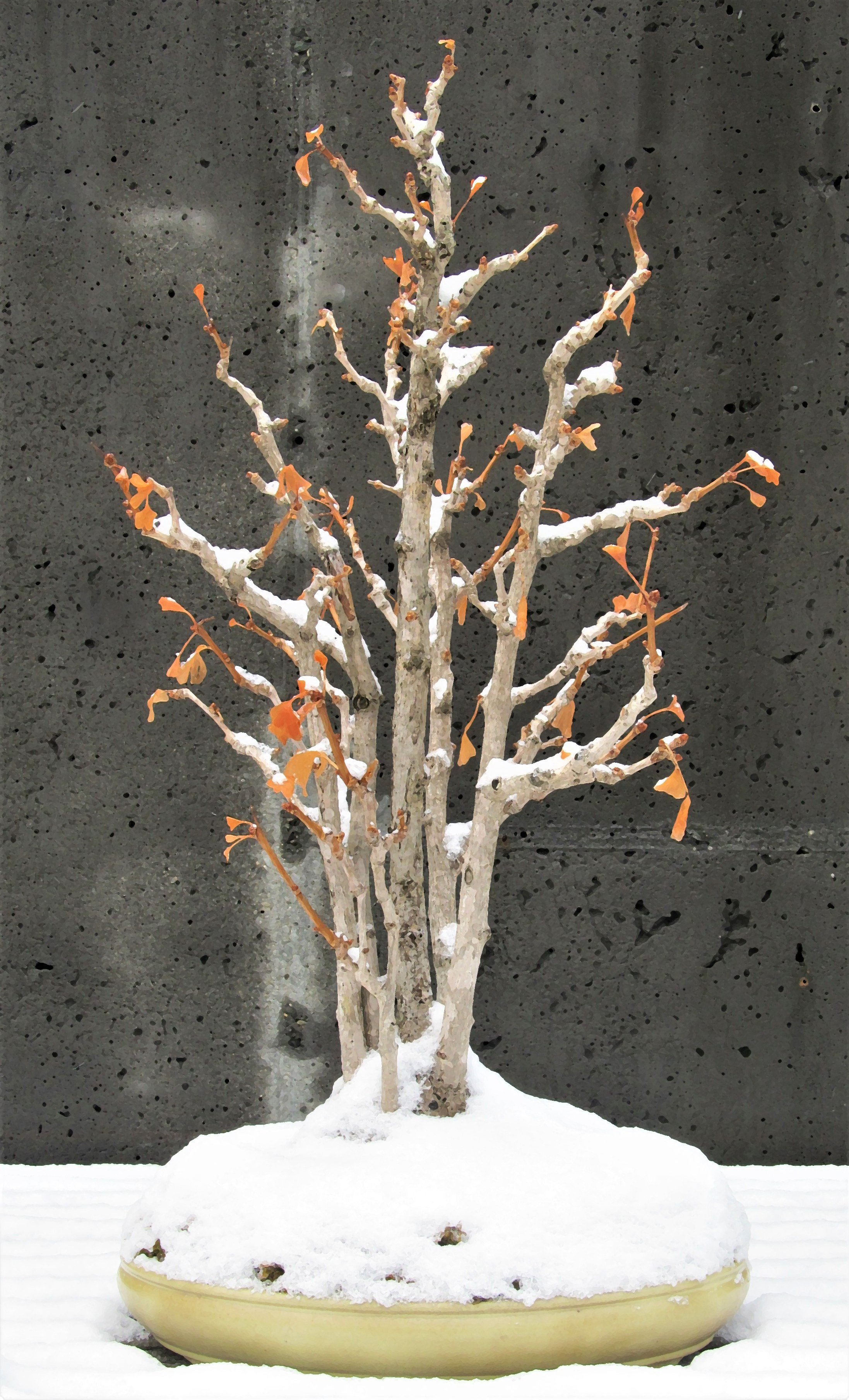Winter Solstice
Long before there was Christmas, long before there was Hanukkah, long before there was a recorded history of humankind, this time of year was of singular importance in the consciousness of our forebears living in the Northern Hemisphere. What we now identify as the winter solstice, and explain through scientifically garnered information regarding the tilt of the earth on its axis and its rotational relationship to the sun, was recognized from time immemorial as the day of least light and greatest darkness. Festivals and rituals in civilizations long since buried centered on the symbolic death and rebirth of the sun. Those people, whom we now call primitive because they lacked the wisdom of our electrically-enlightened age, understood there was no hope for anything on earth if the sun did not return to its rightful place high in the sky. The sun brought warmth and light, freeing living creatures from the misery of exposure to freezing temperatures and long hours of darkness. The sun, which from this shortest day grew ever stronger, would eventually coax new life out of the seemingly dead earth. The very day when the diminishment of the sun's influence came to an end was known to these people, and rightfully celebrated as a time of hope and renewal. It was also a time for serious ritual observance, because the next few months would be the leanest and potentially most difficult passage of the year, when simple survival would be at stake.
We are a long way from the world of our ancestors, but we live on the same earth they did and the importance of the sun is hardly less than it used to be. The old realities are still with us. It is worth remembering this in the midst of all the commercial commotion and digitally enhanced distractions of contemporary life. It is worth remembering because to forget where you came from is to forget what you are. We have little choice but to live in the world as we find it and move with the rhythms of the modern day, but our challenge is to avoid being separated and isolated from the natural rhythms that shaped our ancestors’ lives, and still flow deeply through ours. To the degree we can retain our awareness of the cycle of life, mirrored so profoundly in the cycle of the seasons, and remain conscious of where we are in each, we benefit.
Bonsai can be a vehicle for staying consciously connected to the natural world. It is a discipline, for those who practice it as such, that broadens awareness of the greater workings of life by focusing attention on a small but living piece of nature. The tree planted in a pot is dependent on a human being to care for it, to water and fertilize it, to give it the right amount of light, to shape it into a thing of beauty. That little tree is a metaphor for the way humanity needs nature to provide the basic stuff of our existence — air, water, earth, sunlight, nourishment and inspiration. Nature still sustains us, and great are the hazards of our forgetting it.
The following images were made in 2013, when an early dusting of snow occurred before the bonsai were taken off display in the garden. Bonsai with snow on them are a rare sight at the Arboretum! All of the trees depicted are still in our collection, although some have not been displayed in several years and others have changed noticeably since these photos were taken. Happy Holidays!
Author’s note: The image at the top of this page is a Photoshop reworking of an original photograph by Mark Grant, titled “Stonehenge Sunrise 1980s”. Attribution: Wikimedia Commons















